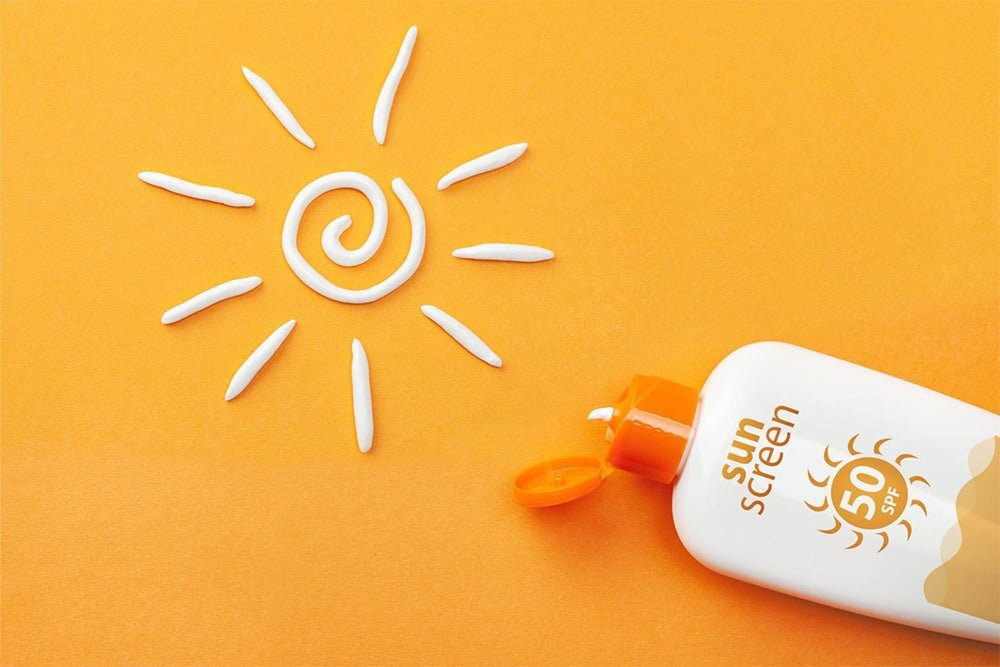
The importance of SPF
Lena Williams
SPF, which stands for Sun Protection Factor, is an essential component for protecting your skin from the harmful, damaging effects of the sun. It's especially important during the hot summer months and in areas with high levels of sun exposure. Many people mistakenly believe that applying sunscreen with a low SPF is sufficient, but this simply isn't the case. In order to ensure your skin is fully protected against harmful UV rays, it's recommended that you use sunscreen with an SPF of at least 30. While it may be tempting to forgo sunscreen altogether, doing so can result in painful sunburns, premature aging, and even skin cancer. So the next time you're spending time in the sun, remember to slather on that high-SPF sunscreen and rest easy knowing your skin is well-protected.
Understanding the differences between UVA and UVB rays can be a bit confusing, but it's important to know the distinction in order to protect yourself from the sun's harmful rays. UVA rays are long waves and penetrate deep into the skin, causing wrinkles and age spots over time. UVB rays, on the other hand, are short-wave and cause sunburn and skin cancer. Thankfully, SPF helps to protect against both types of rays by blocking them from penetrating the skin. So, whether you're spending time in the sun for work or play, make sure to apply sunscreen with a high SPF to keep your skin healthy and protected.
When it comes to sunscreen, one size does not fit all. Choosing the right level of SPF for your skin type is crucial to protect your skin against harmful UV rays. But with so many options on the market, it can be overwhelming to know where to start. The first step is to determine your skin type - whether you're fair, medium, or dark-skinned. From there, you can choose an SPF level that matches your skin's natural protection against the sun. For fair skin, go with SPF 30 or higher, while medium to dark skin can opt for SPF 15 or higher. Don't forget to reapply every two hours for maximum protection. With the right SPF level and proper application, you can enjoy the great outdoors while keeping your skin safe and healthy.
As the weather heats up, it's crucial to practice proper sun protection to prevent sunburn and skin damage. Applying sunscreen correctly is key to shielding your skin from harmful UV rays. Start by selecting a broad-spectrum sunscreen with an SPF of 30 or higher. Apply it at least 15 minutes before going outdoors and remember to reapply every two hours, after swimming or sweating, and immediately after towel drying. Don't forget to cover often overlooked areas like the tops of your feet, behind your ears, and the back of your neck. With the right approach, you can enjoy your summer activities while keeping your skin safe and healthy.
Protecting your skin from the sun's harmful rays is crucial for maintaining healthy skin. However, choosing the right sunscreen can be a daunting task with so many options on the market. When it comes to finding the best sunscreens for you and your family, it's important to consider your skin type, the level of SPF, and other factors such as water resistance and whether or not it's safe for children. Look for sunscreens with broad-spectrum protection to shield your skin from both UVA and UVB rays. Don't forget to reapply every two hours, especially if you're swimming or sweating. With a little research and trial and error, you can find the perfect sunscreen that suits your individual needs and helps you enjoy the great outdoors with confidence.
With warmer weather comes more time spent outside, but it's important to remember to protect ourselves from the harmful effects of the sun. There are many practical ways to do this, such as wearing hats and sunglasses, especially ones that offer UV protection, avoiding the peak hours of sunshine between 10 am and 4 pm, and staying in the shade as much as possible. Additionally, it's important to regularly apply sunscreen with an SPF of at least 30, reapplied every two hours, or after swimming or sweating. By incorporating these simple habits into our daily routine, we can enjoy the outdoors while keeping ourselves safe from the sun's harmful rays.
In conclusion, we have discussed the importance of sun protection, the different types of UV rays, and how SPF plays a role in protecting us from them. We also looked at how to choose the right level of SPF, how to apply sunscreen for maximum effect, and what kinds of sunscreens are best for you and your family. Finally, we discussed practical ways to get extra protection from the sun such as staying in the shade, wearing hats and sunglasses, and avoiding peak hours of sunshine. Despite all these measures though, no one can ever eliminate all of their risk factors when it comes to skin damage due to UV exposure. So even if you do take all these steps, it is still important to perform regular self-checks and visit your doctor if you notice any changes or irregular moles or patches on your body. Either way, working together with our environment instead of against it is always a good approach – especially when it comes to something as delicate and important as skin health!